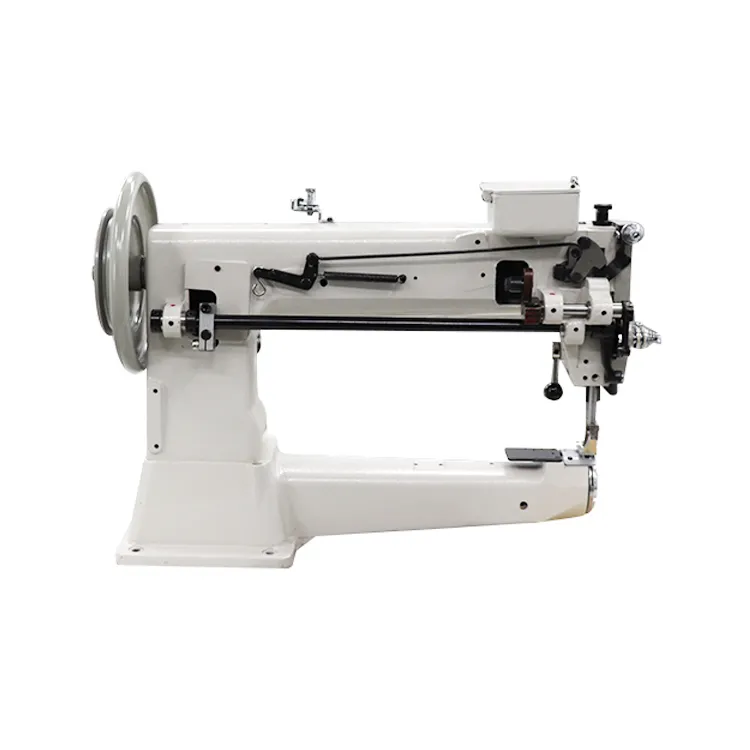Tips for Sewing Leather Using a Standard Sewing Machine
Sewing leather with a regular sewing machine can be a rewarding venture for those who are interested in craft projects, fashion design, or custom leather goods. While working with leather presents its own set of challenges, with the right tools and techniques, anyone can master the art of sewing leather using standard sewing machines.
Choosing the Right Equipment
First and foremost, it's essential to ensure that your sewing machine is capable of handling leather. Regular machines may struggle with thick or tough materials due to their mechanical limitations. Look for a machine that has a sturdy build, a powerful motor, and the ability to adjust tension and presser foot pressure. Heavy-duty sewing machines and those designed specifically for thicker fabrics are ideal. Additionally, using the right needle and thread is crucial. A leather or heavy-duty needle (typically size 90/14 or larger) is necessary to penetrate the leather effectively. For thread, choose a heavier polyester or nylon that can withstand wear and tear.
Preparing the Leather
Before sewing, prepare your leather pieces properly. Cut your leather with a sharp rotary cutter or scissors designed for thick materials, ensuring clean edges. You may wish to use a sewing pattern or template to aid in accuracy. Leather doesn’t fray, so there’s no need to finish the edges, but you can consider methods like edge burnishing for a professional look.
Sewing Techniques
sew leather with regular sewing machine

When it comes to sewing, take your time. Leather can be slippery, and using clips instead of pins can prevent damage to the material. It’s advisable to sew slowly and steadily to avoid any mistakes. Make sure to set your machine to a longer stitch length, as shorter stitches can perforate the leather, making it more susceptible to tearing.
Use a walking foot if you have one, as it helps to feed the leather evenly and prevents it from shifting. If you don’t have a walking foot, consider using a Teflon or roller foot, which will glide smoothly over the material.
Finishing Touches
After sewing, you can enhance your leather project with a finish. Products like leather conditioner can nourish the material, preventing it from drying out and cracking. Additionally, you might want to apply edge finishing products for a polished look that adds durability.
Conclusion
Sewing leather with a regular sewing machine can seem intimidating, but with the right preparation and techniques, it’s achievable for everyone. By utilizing the correct tools, working meticulously, and following the flexible nature of leather, you can create stunning items ranging from wallets and bags to belts and decorative pieces. As you practice and gain confidence, you’ll find that leather offers endless possibilities for your sewing projects.
-
Industrial Cylinder Arm Sewing Machine: Revolutionizing Heavy-Duty SewingNewsJul.28,2025
-
Cylinder Arm Sewing Machine: Perfect for Special Sewing ApplicationsNewsJul.28,2025
-
Cylinder Bed Sewing Machine: Essential for Sewing Complex MaterialsNewsJul.28,2025
-
Heavy Duty Sewing Machine: The Essential Tool for Industrial ApplicationsNewsJul.28,2025
-
Computerized Pattern Sewing Machine: Revolutionizing Precision StitchingNewsJul.28,2025
-
Heavy Duty Industrial Sewing Machine: Power Meets PrecisionNewsJul.28,2025
-
Leather Sewing Machine: The Industrial Standard for Tough MaterialsNewsJul.18,2025





























